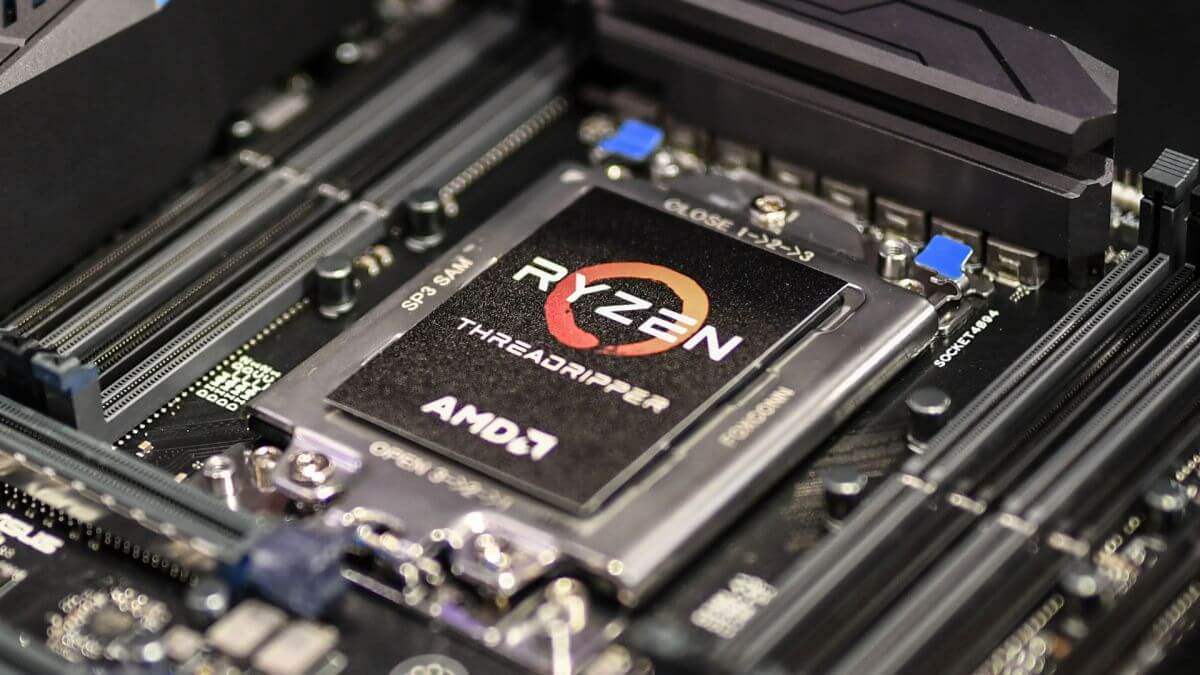Highly anticipated: There was plenty of enticing new hardware unveiled at this year’s Computex, but one product that really got the public excited was Threadripper 2. With the launch of AMD’s second-generation workstation processors just weeks away, pricing and specification leaks have hit the web.

Featuring a massive 32 cores/64 threads and based on the same 12nm ZEN+ architecture as its latest Ryzen desktop CPUs, AMD’s flagship prosumer chip doubles its predecessor’s core/thread count while running in the same TR4 socket as the original Threadripper.
Despite boasting some impressive specs, the Threadripper 1950X launched with a $1,000 price point, making it competitively priced, so it’ll be interesting to find out how much the more powerful successor will cost. Rumors have put the 2990X at around $1,500, but it may be slightly higher.
Videocardz spotted a listing on Canada Computers for the chip that placed it at 2,399 Canadian dollars, which converts to around $1,840 US. The product has since been removed from the site, so there’s always the chance it could have just been a placeholder and not an accurate reflection of the chip's final price.
Elsewhere, several Threadripper 2 parts have appeared in the HWBOT database, they include:
- 2990X: 32 cores/64 threads, base clock of 3.4GHz, Turbo clock of either 4.1GHz or 4.2GHz, 250W TDP
- 2970X: 24 cores/48 threads, base clock of 3.5GHz, (predicted) Turbo clock of 4.2GHz, 180W TDP, expected price of $1499
- 2950X: 16 cores/32 threads, base clock of 3.1GHz, 125W TDP, expected price of $599-$799.
While it's not listed on the database, we’ve also heard of a Threadripper 2920X. The chip, which has a placeholder page on AMD's website, is expected to come with 12 cores and replace the last-gen 1920X.
https://www.techspot.com/news/75736-threadripper-2-price-specs-leak-online.html
